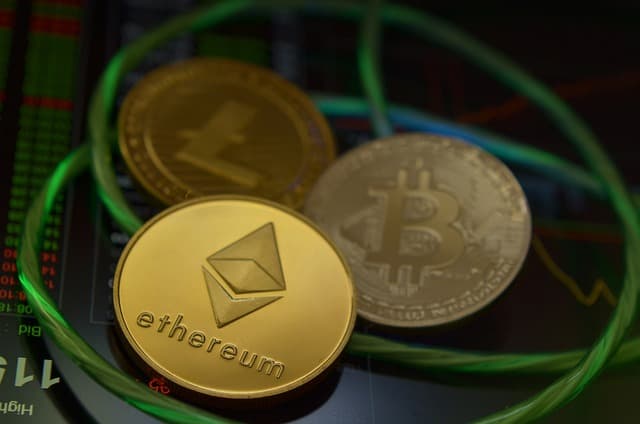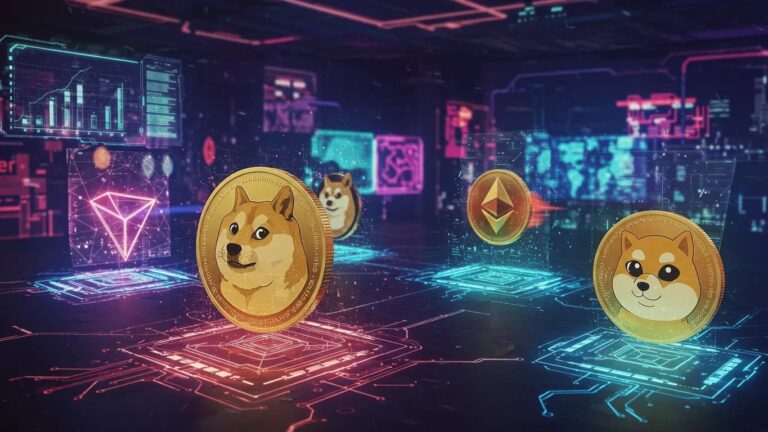
Ethereum 2.0 is a major upgrade to the Ethereum network that addresses scalability, high fees and energy costs. With the transition to the Proof of Stake (PoS) consensus algorithm, Ethereum is looking to solidify its position as a leader among blockchain platforms. However, competitors such as Solana, Polkadot, Avalanche and others have already gained significant market share by offering fast, scalable and low-cost solutions. The question arises: will Ethereum 2.0 be able to stay in the lead?
One of Ethereum’s key advantages remains its ecosystem. Thanks to its early launch, it has become the standard for decentralized applications (dApps) and smart contracts. Millions of users and developers are already on the platform, and this creates a strong network effect. In addition, the move to PoS promises to reduce network power consumption by 99%, making Ethereum more environmentally friendly.
However, competitors are not slumbering. Solana offers incredible transaction speeds and low fees, making it attractive to DeFi and NFT projects. Polkadot stands out for its multichain architecture, which allows different blockchains to interact with each other. Avalanche provides high performance and compatibility with Ethereum through the Avalanche Virtual Machine (AVM).
Despite these competitive strengths, Ethereum 2.0 has a chance to maintain its leadership due to the massive migration of applications and projects to the updated network. However, success will depend on how quickly and efficiently the Ethereum team can implement the promised improvements. Competitors offer innovations, but Ethereum has an unshakable foundation that is hard to break. Thus, the question “Is there a chance?” remains open – it all depends on how quickly the network adapts to modern challenges.



